If you’re a podcaster, you’ve likely wondered exactly who is tuning into your episodes on Spotify. While you can’t see specific names or personal details, Spotify provides a wealth of anonymous data to help you understand your audience. This balance allows creators to refine their content and marketing strategies while respecting listener privacy. Understanding these analytics is key to growing your podcast successfully.
Understanding Spotify’s Stance on Listener Privacy
Spotify’s entire analytics system is built on a foundation of user privacy. Before diving into the data, it’s crucial to understand that the platform’s policies are designed to protect listeners. These rules dictate how personal information is collected and used across the service.
The platform collects various data points, such as your listening habits and location, to personalize your experience with content recommendations and targeted ads. However, this information is handled with strict confidentiality.
The most important takeaway is that user data is anonymized before it reaches podcasters. This means your identity is never linked to your listening activity. Spotify aggregates data into broad trends and statistics, ensuring that while creators can see how their podcast is performing, your personal listening habits remain private and secure. You can enjoy your favorite shows without any concern of being individually tracked by the creator.
What Listener Metrics Can Podcasters Actually See?
Through the “Spotify for Podcasters” dashboard, creators can access a variety of useful metrics. This data provides a high-level overview of the audience without revealing any personal information about individual listeners.
These analytics are designed to give podcasters a clear picture of their audience’s general makeup and preferences. By understanding these numbers, creators can make smarter decisions about their content.
Some of the key aggregated metrics available include:
- Total Listener Counts and Streams: The total number of unique listeners and plays for your podcast and individual episodes.
- Audience Demographics: Anonymous information about the age, gender, and geographic location (country or city) of your listeners.
- Episode Performance: Data showing which episodes are the most popular and how many listeners you retain from one episode to the next.
This information helps a podcaster understand, for example, if their content is more popular with young adults in a specific country, allowing them to tailor topics and promotions accordingly.
Diving into Audience Engagement Analytics
Beyond basic demographics, Spotify provides powerful insights into how listeners interact with your content. Engagement analytics help you understand what parts of your show are holding your audience’s attention and where they might be dropping off.
The average listening duration is a critical metric. It tells you how long, on average, people listen to an episode. A high average duration suggests your content is compelling and engaging from start to finish. Conversely, a low number might indicate that your intros are too long or the topic isn’t resonating.
By analyzing listener behavior charts, you can pinpoint the exact moments where listeners skip forward or stop listening altogether. This data is incredibly valuable for identifying segments that need improvement. If many listeners drop off at the same point, you can adjust your storytelling, editing, or segment structure in future episodes to improve retention and keep your audience hooked.
How Listener Data Shapes a Podcast’s Success
Access to anonymous listener data is a game-changer for podcasters. It transforms content creation from guesswork into a data-informed strategy. By analyzing who is listening and how they engage, creators can make smarter decisions that lead to growth.
For content creation, this data is gold. If you see that episodes on a particular topic have higher completion rates, it’s a clear signal to produce more content like it. Similarly, knowing your audience’s dominant age group and gender can help you choose topics and guests that are more likely to resonate.
This information is also vital for monetization. When seeking advertisers or sponsors, podcasters can present concrete, anonymous data about their audience demographics. This allows them to attract brands that want to reach that specific audience, leading to more relevant ads for listeners and better results for sponsors. It also helps in creating effective affiliate marketing strategies by recommending products the audience is genuinely interested in.
Using Third-Party Tools for Deeper Insights
While Spotify’s native analytics are powerful, some podcasters use third-party tools to get an even broader view of their performance across all platforms, not just Spotify. These services can aggregate data from multiple directories to offer a more holistic understanding of a podcast’s reach.
Platforms like Chartable and Podtrac offer advanced features, including rank tracking and comparative analytics. They help you see how your podcast stacks up against others in your category. It’s important to remember that these tools still do not reveal the personal identities of your listeners; they simply provide another layer of aggregated data analysis.
Here is a simple comparison of what you might get from Spotify versus a third-party tool:
| Feature | Spotify for Podcasters | Third-Party Analytics Tools |
|---|---|---|
| Listener Demographics | Age, Gender, Location (Spotify only) | Often provides broader location data |
| Engagement Data | Detailed listener retention charts | Typically focuses on downloads/streams |
| Platform Scope | Only Spotify listeners | Aggregates data from multiple platforms |
| Competitive Analysis | Limited | Chart rankings and industry benchmarks |
By combining insights from Spotify with data from these external platforms, you can build a comprehensive strategy to grow and improve your podcast.
The Limitations and Concerns of Listener Tracking
While the available data is useful, it’s important for both podcasters and listeners to understand its limitations. The primary limitation is the lack of granularity. Creators can see that they have listeners in a certain city, but they can’t know anything more about those individuals. This is a deliberate design choice to protect privacy.
From a listener’s perspective, any form of data collection can raise privacy concerns. Even though the data is anonymized, some people may feel uncomfortable knowing their listening habits contribute to a larger dataset. Spotify and other platforms must constantly balance providing valuable insights to creators with upholding strict privacy standards.
Furthermore, data accuracy can sometimes be a challenge. Discrepancies can arise from factors like a user’s internet connection, device type, or how different platforms define a “download” versus a “stream.” Because of this, podcasters should view their analytics as strong indicators rather than absolute, flawless figures. It’s best to focus on trends over time instead of obsessing over small daily fluctuations.
Frequently Asked Questions about Spotify Podcast Analytics
Can a Spotify podcaster see my name or email address?
No, podcasters cannot see any personal information about their listeners, including names, email addresses, or specific user accounts. All the data they receive is completely anonymous and aggregated to show general trends.
What is the most useful metric for a podcaster on Spotify?
Many podcasters find engagement metrics, like average listening duration and episode completion rates, to be the most valuable. These numbers show how captivating the content is and help creators identify areas for improvement in their storytelling and production.
Can podcasters see if I follow their podcast?
A podcaster can see their total number of followers and track how that number grows over time. However, they cannot see a list of the individual users who follow their show.
Is my listening data on Spotify completely private?
Your personal identity is kept private from podcasters. Spotify does use your listening data internally to power its recommendation algorithms and for targeted advertising, but this is done in accordance with its privacy policy, which anonymizes data shared with third parties.
Why can’t podcasters see more detailed data about their listeners?
The limitations are in place to protect user privacy. Global data protection regulations, like GDPR, and Spotify’s own commitment to its users prevent the sharing of personally identifiable information. The system is designed to provide helpful insights without compromising listener anonymity.

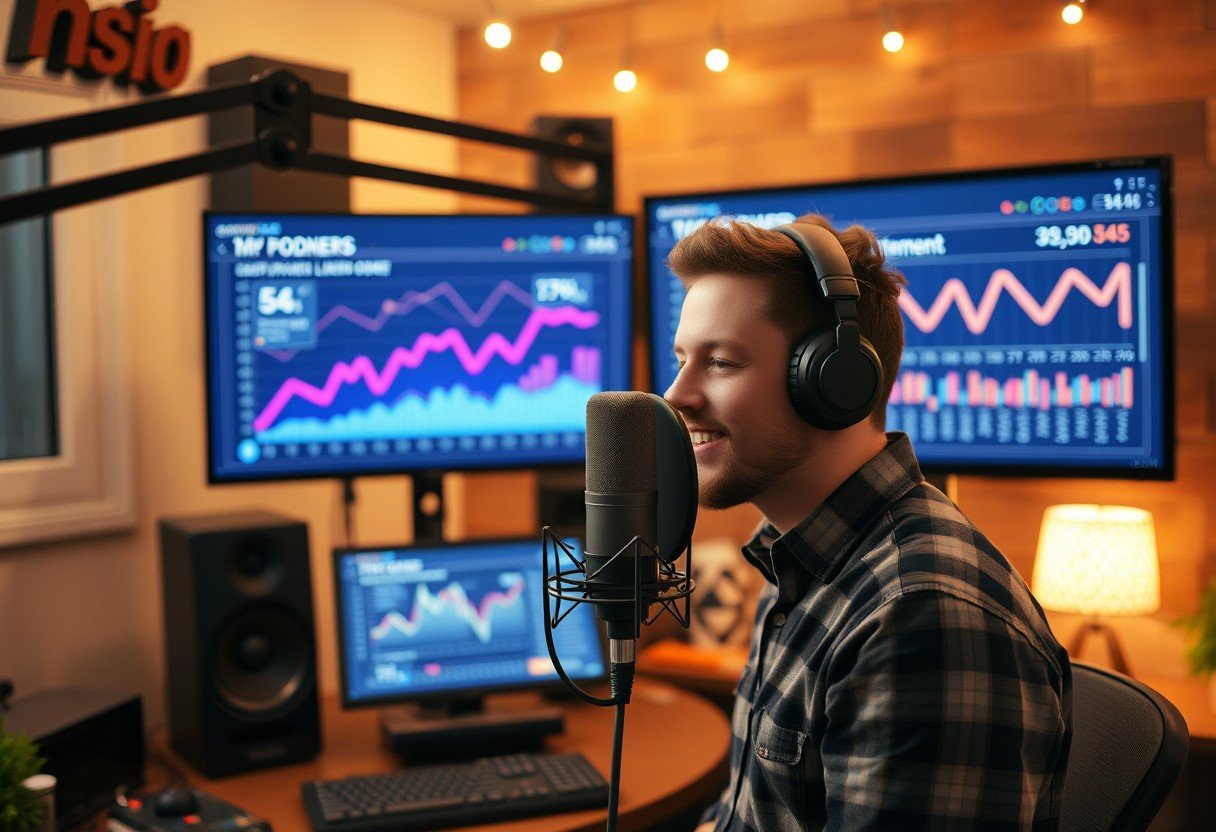
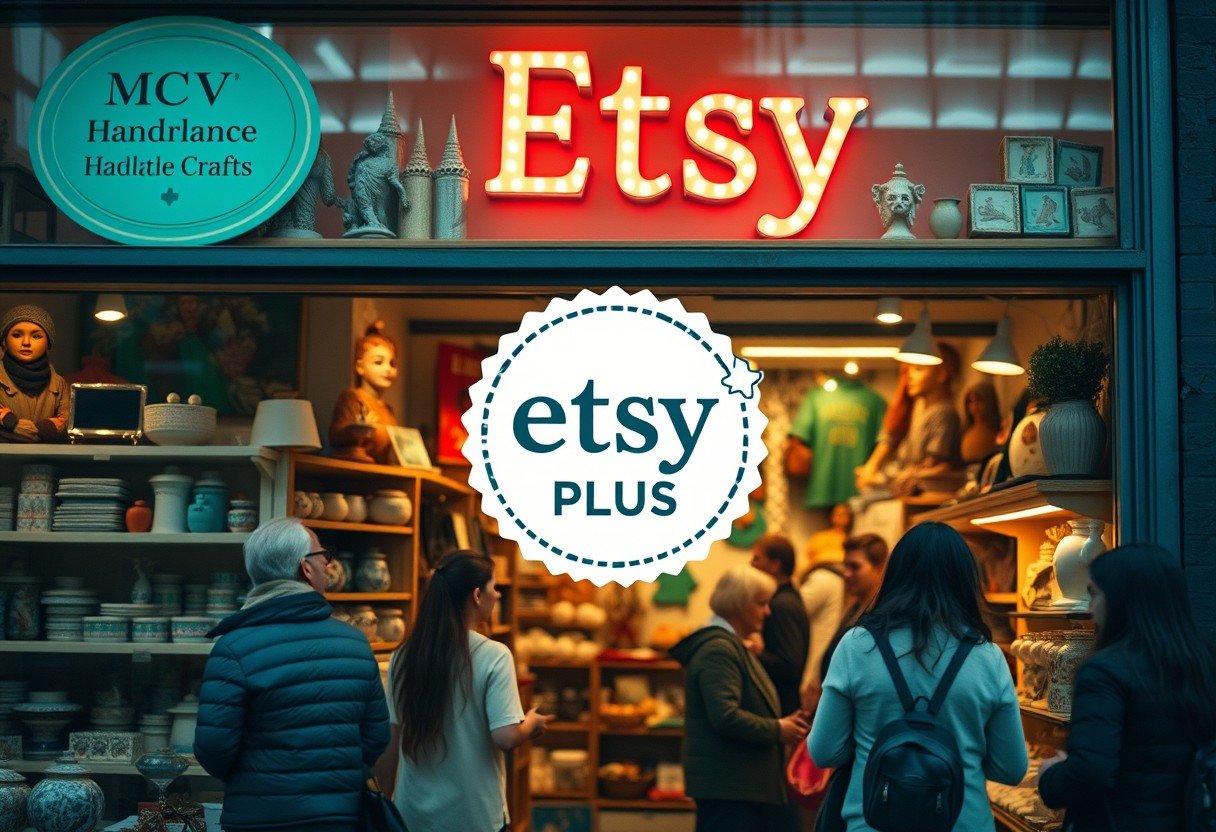
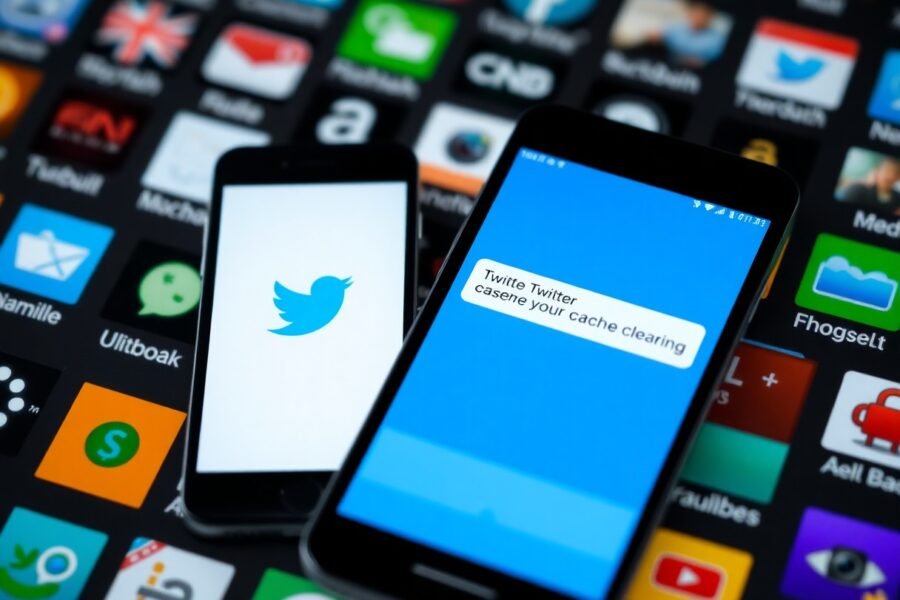

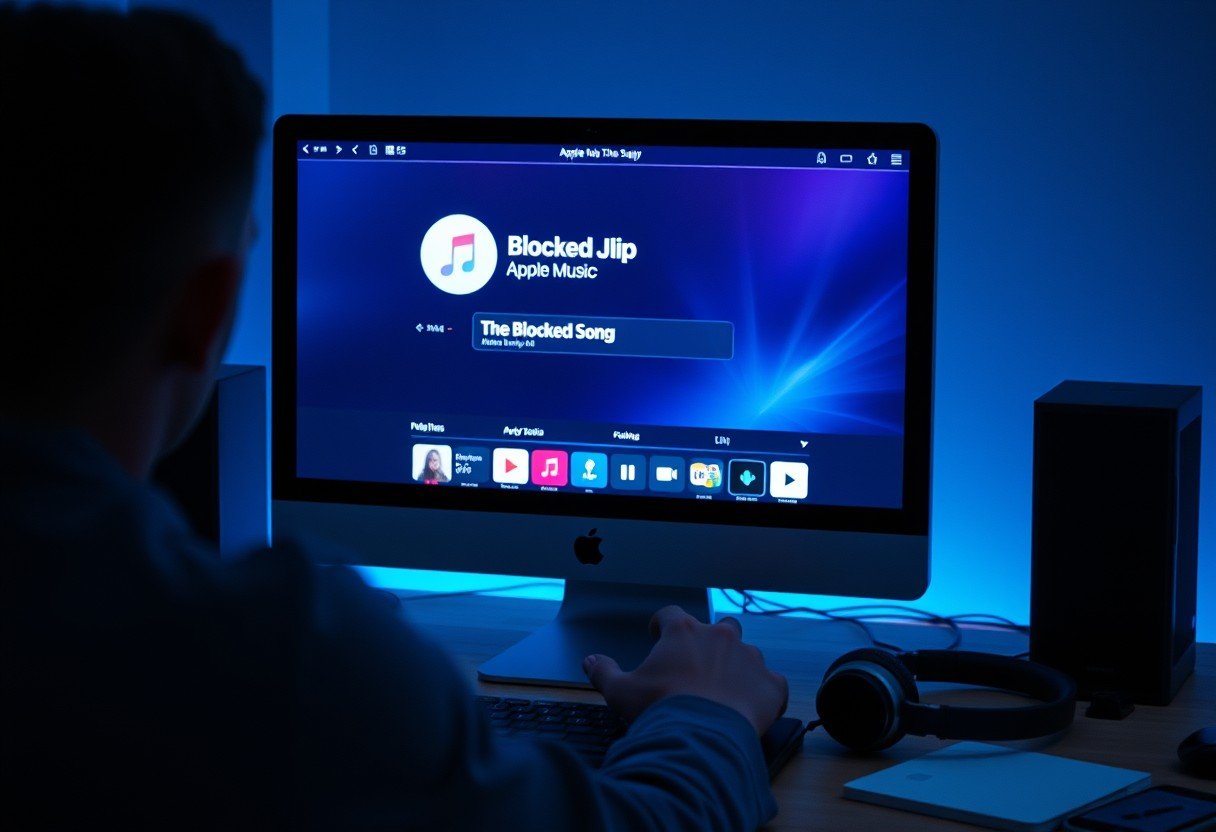
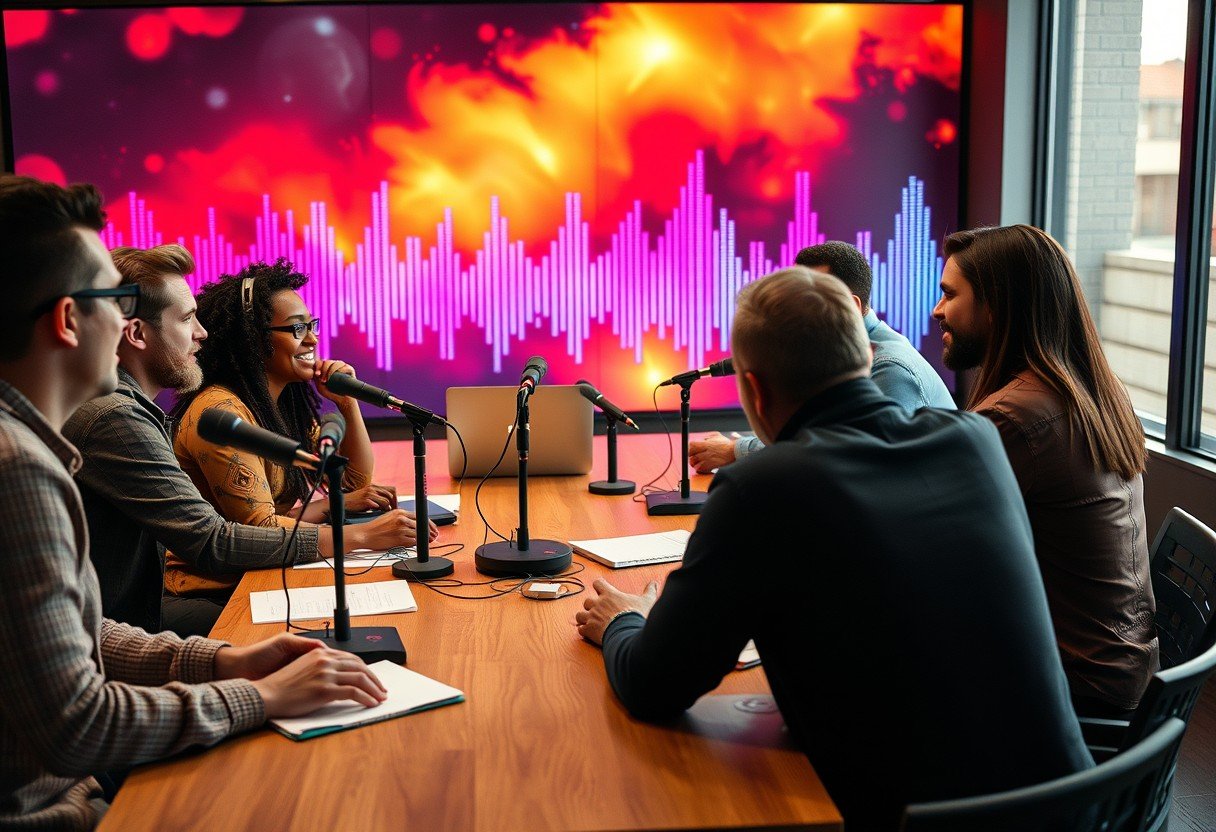
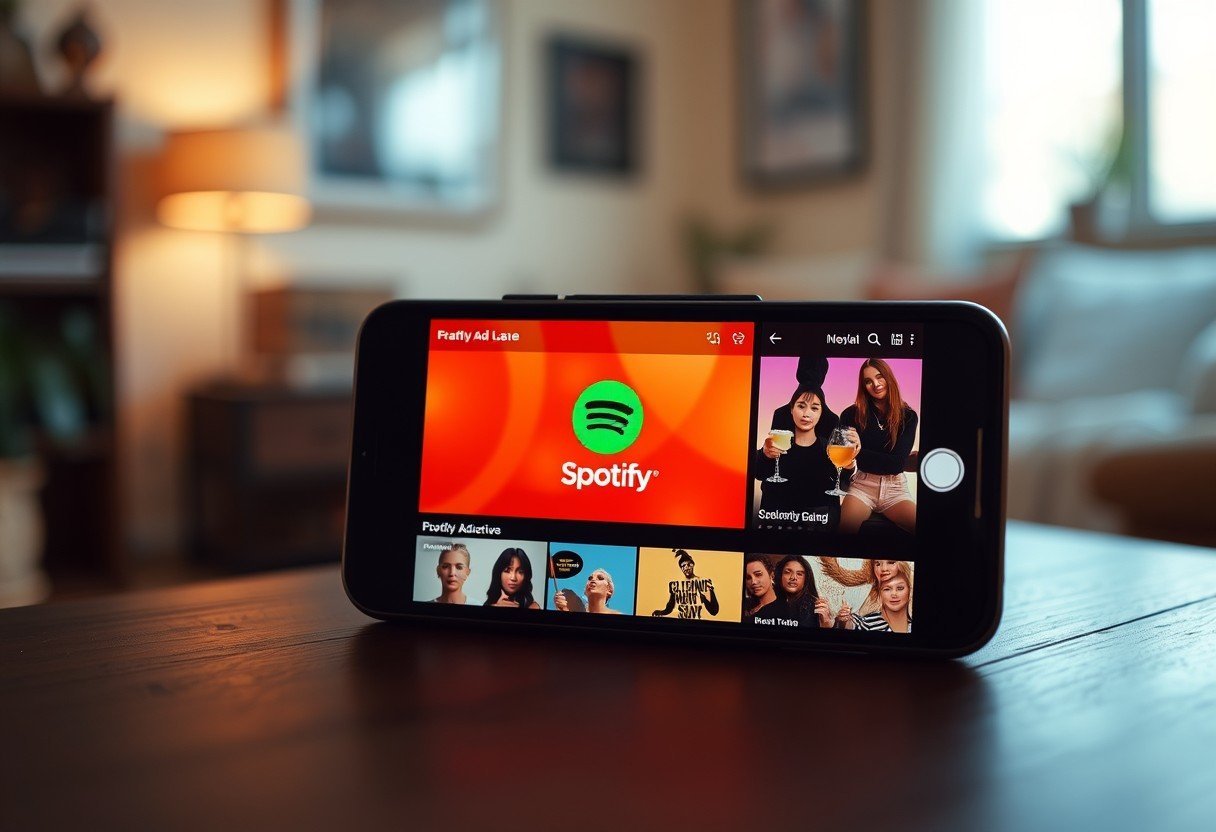

Leave a Comment